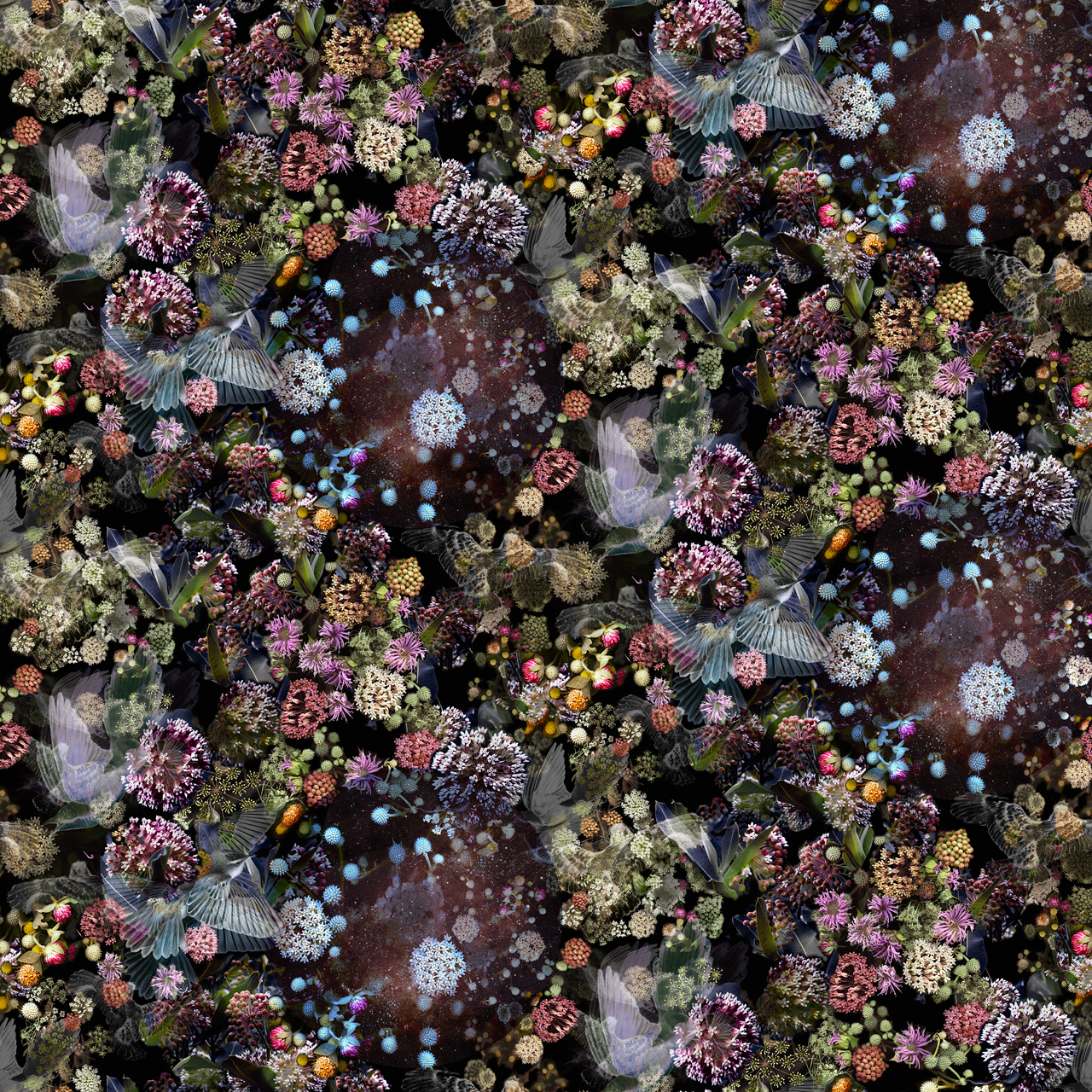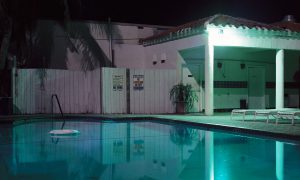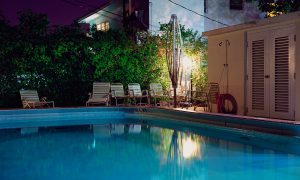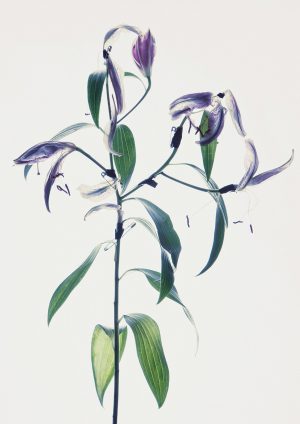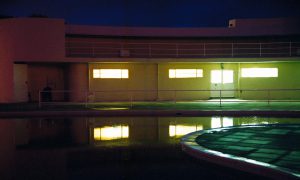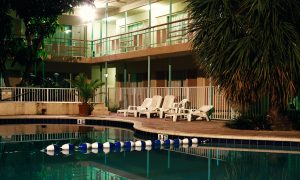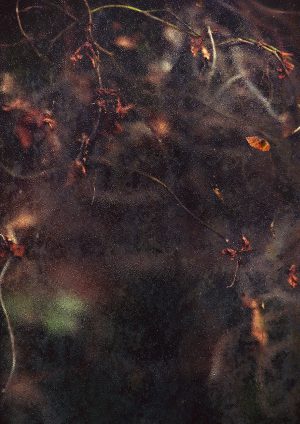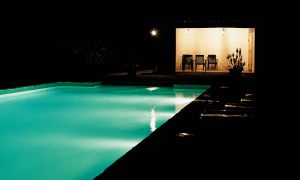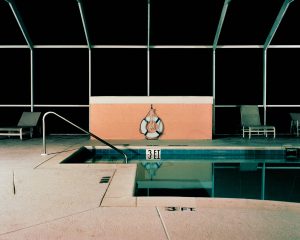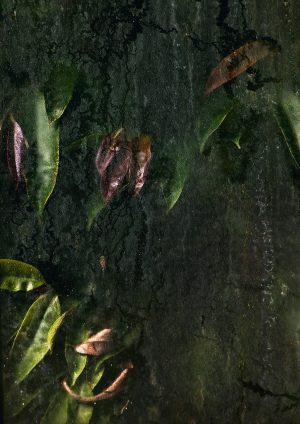A Floral of Milkweed Flowers and the Milky Way
Artwork ID: LISAFL00353
I make large scale photographs that depict complex patterns derived from nature while referenc- ing traditional wallpaper design. Densely ornamental, my artwork draws upon my textile design background and refers to the interior decoration documents of Britain’s Aesthetic Movement of the late 19th century. The designer, William Morris, is particularly relevant for the ways his design
work drew upon similarly themed subject matter, showing a love for all natural things and design- ing with an assurance gained from observing nature first hand.
Bearing witness to haphazard wonders, the activity of taking pictures as I walk in the woods makes for a visual diary – it illuminates my position within the natural world while documenting chang- ing evidence of the ordinary and the astonishing. The inter-relationships between all of nature’s corresponding parts creates the true “pattern” of my work. Season after season I trace nature’s comforting repetition. The resulting subject matter for my photos changes with the calendar tak- ing notice and making patterns of icicles one week and morels just a few weeks later. All things are equal: I am as captivated by the full and magnificent bloom of autumn color as I am to the existen- tial challenges implicit in its fade and decay. My pattern-making forms a personal, arbitrary, asym- metrical time chart that is deeply resonant for me and key to my understanding of what it means
to be alive and of this world.
The patterns are constructed from daily snapshots and scanographs composed in my studio. Com- binations of motifs are “sewn” together through extreme image layering and masking. Often work- ing with over 100 layers, a photographic grouping is created and then given a “repeat” structure – a textile design term referring to the way a pattern is set up to tile seamlessly in any direction. The ability of these patterns to endlessly tile creates the potential for multiple sized works ranging from large individual prints to full room installations.
The designs themselves are presented in several different ways: as solitary repeating patterns, as stand-alone tapestry-like designs and as floor to ceiling “sections” that combine repeating patterns with elaborately constructed “trompe l’oeil” mouldings that include wainscoting, friezes, borders, swags and other architectural detailing. Traditionally these would be called a “decorator’s speci- men panel”. Guidelines for designing panels such as these were first outlined in The Journal of Decorative Art in 1886, however my work takes these rules governing 19th century design prin- ciples and breaks them with densely elaborate surfaces that feature both the living and the dying.
Choosing to focus on natural elements that are not commonly appreciated or used for decorative purposes, my artwork is connected to the “wildness” in nature even as it is taming it by the cre- ation of formal patterning. Creating a context for connection, it is my purpose to draw the viewer into a local world as it hasn’t been seen before – charged with wonder – rich, complex and change- able while being inclusive and accessible.

